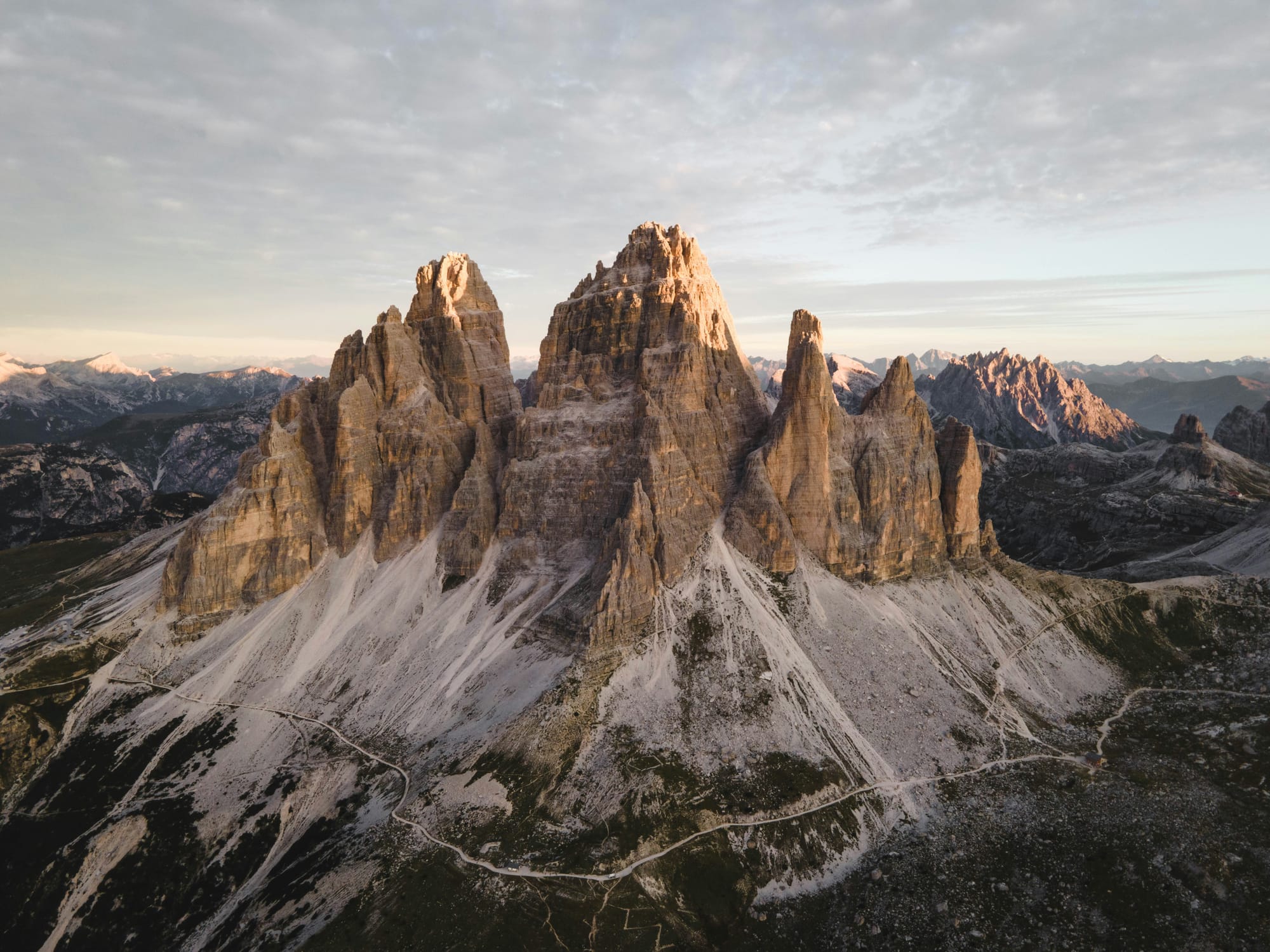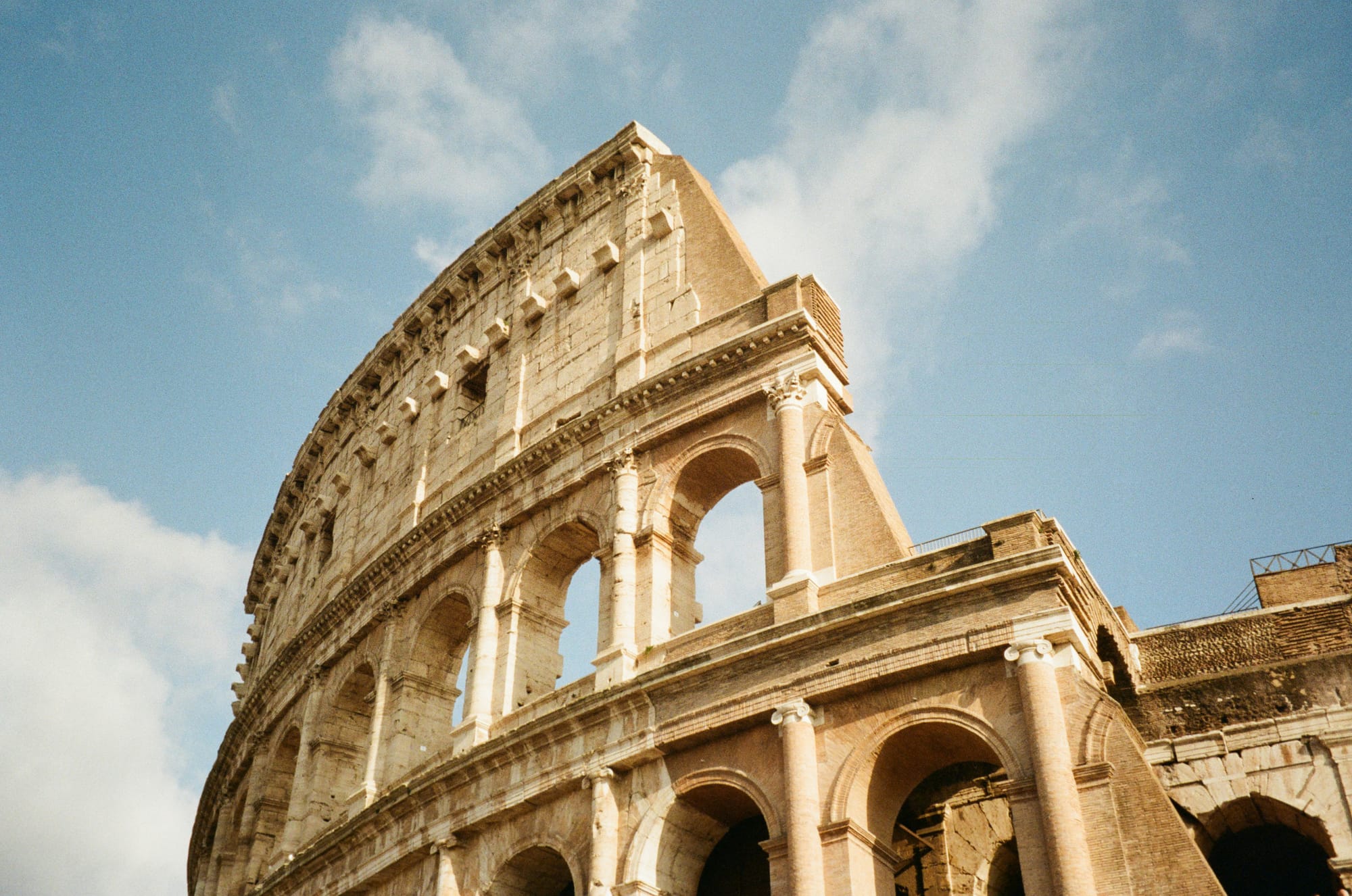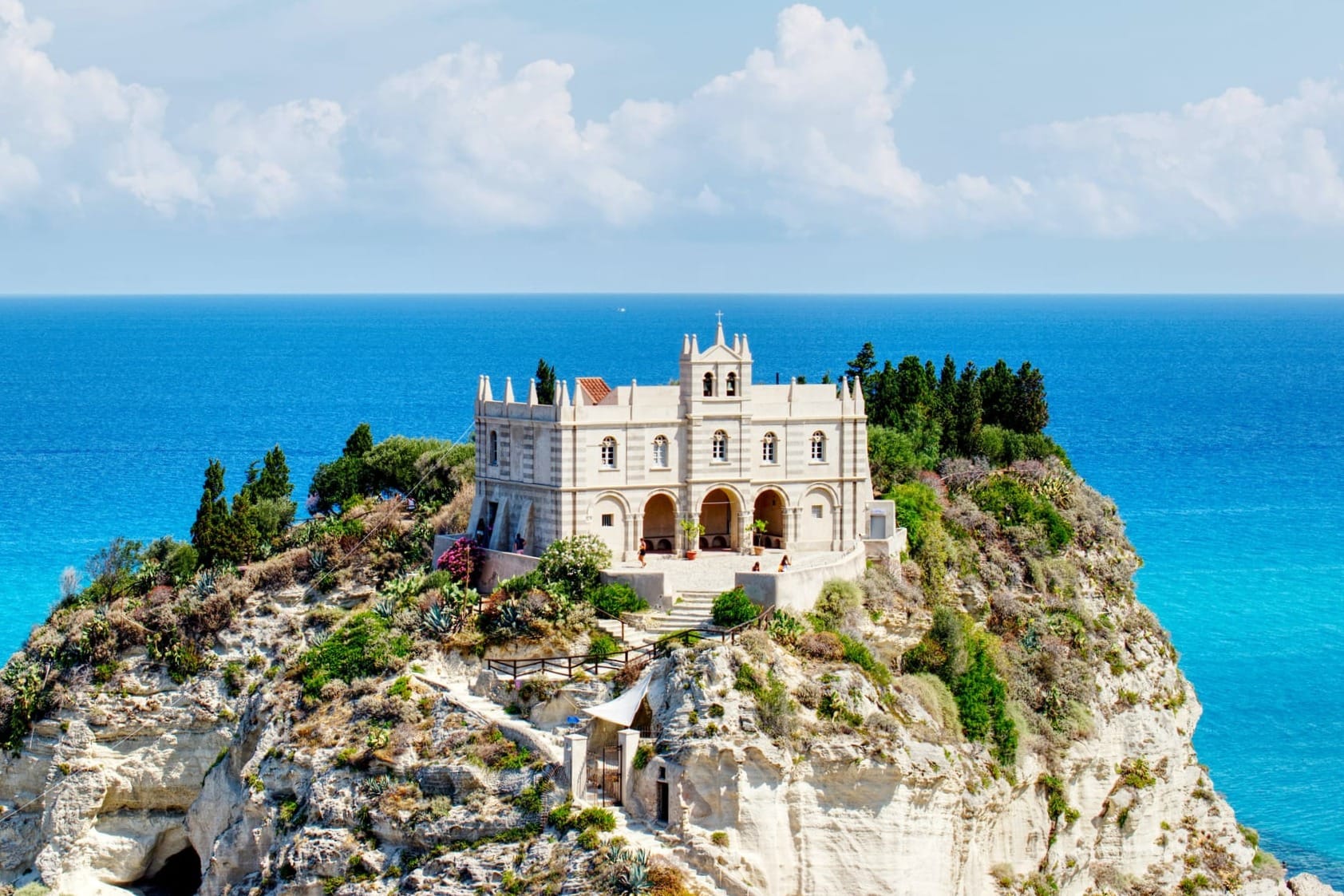Italy, a country synonymous with history, art, and sublime cuisine, is a destination that captures the imagination. Yet, to truly understand its soul, one must look beyond the famous landmarks of Rome and Florence. The nation is a mosaic of 20 distinct regions, each with its own unique identity, dialect, culinary traditions, and landscape. From the snow-capped peaks of the Alps to the sun-drenched shores of Sicily, exploring Italy region by region is a journey of endless discovery.
This comprehensive guide offers a starting point for the discerning traveler to navigate the rich tapestry of Italy, providing insights into what makes each region a destination in its own right. It is designed to inspire and inform the planning of a journey that goes deeper, seeking out the authentic heart of Italian life.
Northern Italy: a tale of mountains, lakes & economic power
Northern Italy is a region of dramatic contrasts, where Alpine grandeur meets industrial prowess and sophisticated cities. It’s an area of breathtaking natural beauty, from the iconic Dolomites to the serene great lakes, and home to some of the country’s most renowned culinary exports.
1. Aosta Valley (Valle d'Aosta)
Nestled in the Alps on the border with France and Switzerland, the Aosta Valley is Italy's smallest and least populous region. It’s a paradise for mountaineers and skiers, dominated by the towering peaks of Mont Blanc, the Matterhorn, and Monte Rosa. The regional capital, Aosta, is known as the "Rome of the Alps" for its well-preserved Roman ruins. The region's French influence is palpable in its bilingualism and its hearty cuisine, which features Fontina cheese, from which the classic Fonduta is made.
2. Piedmont (Piemonte)
Piedmont, meaning "foot of the mountain," is a region of regal elegance and gastronomic excellence. Surrounded on three sides by the Alps, its rolling hills are home to the prestigious vineyards of Barolo and Barbaresco, producing some of the world's finest wines from the Nebbiolo grape. The region is the birthplace of the Slow Food movement and a haven for food lovers, celebrated for its white truffles of Alba, rich risottos, and artisanal chocolates. Turin (Torino), its capital, is a grand city of baroque architecture, historic cafes, and the former seat of the Italian monarchy.
3. Liguria
This narrow, crescent-shaped region is the Italian Riviera, a dramatic coastline of sheer cliffs, picturesque fishing villages, and turquoise waters. Its most famous stretch is the UNESCO World Heritage site of the Cinque Terre, five impossibly beautiful villages clinging to the cliffs. The port city of Genoa (Genova), once a powerful maritime republic, boasts a sprawling medieval center. Liguria is the birthplace of pesto, and its cuisine is a testament to its coastal and agricultural heritage, featuring fresh herbs, seafood, and exceptional olive oil.
4. Lombardy (Lombardia)
The economic engine of Italy, Lombardy is a region of cosmopolitan cities, stunning lakes, and artistic treasures. Milan (Milano), its capital, is a global hub for fashion and design, home to Leonardo da Vinci's The Last Supper and the magnificent Duomo. The region is also where one finds the breathtaking beauty of Lake Como, Lake Garda, and Lake Maggiore, offering elegant villas, lush gardens, and tranquil escapes. Lombardy's culinary contributions include saffron-infused risotto alla Milanese and the festive sweet bread, panettone.
5. Trentino-South Tyrol (Trentino-Alto Adige)
A region of striking alpine beauty, Trentino-South Tyrol has a unique dual identity. The southern part, Trentino, is culturally Italian, while the northern part, South Tyrol (or Alto Adige), is predominantly German-speaking, a legacy of its history within the Austro-Hungarian Empire. This blend is reflected in its architecture, traditions, and cuisine, where speck (a smoked prosciutto), strudel, and canederli (bread dumplings) are local staples. The region is dominated by the spectacular Dolomites, a UNESCO World Heritage site, offering world-class skiing and hiking.
6. Veneto
Veneto is home to one of the world's most enchanting cities: Venice (Venezia). Built on a lagoon, this city of canals, gondolas, and magnificent palaces is a destination unlike any other. But Veneto's treasures extend beyond Venice. Verona, the city of Romeo and Juliet, boasts a remarkably preserved Roman amphitheater. Padua (Padova) is home to a prestigious university and Giotto's Scrovegni Chapel. The region is also a major wine producer, known for Prosecco, Soave, and Valpolicella.
7. Friuli-Venezia Giulia
Situated in Italy’s northeastern corner, bordering Austria and Slovenia, Friuli-Venezia Giulia is a region of diverse landscapes and cultural influences. From the mountains of the Carnic Alps to the lagoons of the Adriatic coast, it offers a wide range of experiences. The elegant city of Trieste has a distinct Central European feel, a legacy of its time as the primary port of the Habsburg Empire. The region is celebrated for its exceptional white wines and the unique San Daniele prosciutto.
8. Emilia-Romagna
Often considered the gastronomic heart of Italy, Emilia-Romagna is a must-visit for any food lover. It has gifted the world with culinary treasures such as Parmigiano Reggiano, prosciutto di Parma, balsamic vinegar of Modena, and pasta like tagliatelle and tortellini. Its cities are steeped in history and culture: Bologna is home to the oldest university in the Western world, Modena is the hometown of Enzo Ferrari, and Ravenna holds a collection of early Christian mosaics that are unparalleled.

Central Italy: the heart of history, art & rolling hills
Central Italy is where the Renaissance flourished and where the Roman Empire rose and fell. It’s a land of iconic rolling landscapes, cypress-lined roads, and cities that are living museums.
9. Tuscany (Toscana)
Tuscany is, for many, the quintessential image of Italy. Its rolling hills, olive groves, and vineyards have inspired artists for centuries. Florence (Firenze), the birthplace of the Renaissance, is home to masterpieces by Michelangelo and Leonardo da Vinci. Siena is a stunning medieval city famous for its Palio horse race. The region also boasts the iconic Leaning Tower of Pisa and the vineyard-dotted hills of the Chianti Classico wine region. Its cuisine is rooted in simplicity and high-quality local ingredients.
10. Umbria
Known as the "green heart of Italy," Umbria is a quieter, more intimate version of its famous neighbor, Tuscany. It’s a region of gentle hills, medieval towns, and deep spirituality, being the birthplace of saints like St. Francis of Assisi and St. Clare. Perugia, its capital, is a lively university town, while Orvieto sits dramatically atop a volcanic plug. Umbria is also known for its black truffles, excellent olive oil, and the prized wines of Montefalco.
11. Marche
Stretching between the Apennine Mountains and the Adriatic coast, Marche is one of Italy's best-kept secrets. It offers a remarkable diversity of landscapes, from the beautiful beaches of the Conero Riviera to the rugged Sibillini Mountains. The region is dotted with charming hilltop towns and Renaissance gems like Urbino, the birthplace of the artist Raphael. It’s a land of artisans, producing fine leather goods and paper.
12. Lazio
Lazio is dominated by its capital, Rome (Roma), the Eternal City. For millennia, Rome has been a center of power, culture, and religion, and its streets are a living museum of Western civilization, from the Colosseum and Roman Forum to the Vatican City's St. Peter's Basilica and Sistine Chapel. Beyond Rome, Lazio offers ancient Etruscan tombs, elegant villas like Villa d'Este in Tivoli, and a volcanic landscape of crater lakes.
13. Abruzzo
Abruzzo is the most mountainous region in the peninsula, with a wild, untamed beauty. A significant portion of its territory is protected in national parks, making it a haven for wildlife and a prime destination for hiking and nature lovers. It is a region of ancient shepherd traditions, which is reflected in its robust cuisine, famous for arrosticini (mutton skewers) and high-quality pecorino cheese. Its coastline on the Adriatic is dotted with unique fishing platforms known as trabocchi.
14. Molise
Molise, Italy's second smallest region, is another hidden gem. It is a land of ancient pastoral traditions, where time seems to move at a slower pace. The landscape is predominantly mountainous and hilly, with a short coastline on the Adriatic. For travelers seeking an escape from the crowds and a glimpse into a deeply traditional and rural Italy, Molise offers a truly authentic experience.

Southern Italy & the islands: sun, sea & ancient civilizations
Southern Italy, or the Mezzogiorno, along with the islands of Sicily and Sardinia, is a land of intense colors, ancient history, and passionate culture. From Greek temples to Norman castles, the south is a testament to the many civilizations that have left their mark.
15. Campania
Campania is a region of dramatic coastlines, archaeological wonders, and vibrant cities. Its capital, Naples (Napoli), is a chaotic, energetic city with a rich history and is the birthplace of pizza. The region is home to the spectacular Amalfi Coast, a stunning stretch of coastline with towns like Positano and Amalfi. The archaeological sites of Pompeii and Herculaneum, frozen in time by the eruption of Mount Vesuvius, offer an unparalleled glimpse into Roman life.
16. Puglia
Located in the "heel" of Italy's boot, Puglia is a region of sun-bleached landscapes, ancient olive groves, and a distinctive architectural style. It is known for its trulli, the conical-roofed stone huts found in and around Alberobello, and its beautiful "white cities" like Ostuni. The Salento peninsula at its southern tip offers some of Italy's most beautiful beaches. Puglia's cuisine is a prime example of the healthy Mediterranean diet, with a focus on vegetables, grains, and olive oil.
17. Basilicata
Basilicata is a rugged, mountainous region with a short coastline on two seas. Its most famous destination is Matera, a city of ancient cave dwellings (sassi) that have been inhabited for millennia. A UNESCO World Heritage site and a former European Capital of Culture, Matera is a truly unique and unforgettable place. The region's interior is wild and sparsely populated, offering dramatic landscapes for exploration.
18. Calabria
Forming the "toe" of the Italian boot, Calabria is a region of intense natural beauty, with rugged mountains and a stunning coastline. It is a land of ancient Greek heritage, which is still palpable in some of its remote villages. The coastline varies from the dramatic cliffs of the Tyrrhenian coast to the sandy beaches of the Ionian Sea. The region is famous for its spicy cuisine, particularly the use of the chili pepper (peperoncino) and the 'nduja, a spicy, spreadable pork sausage.
19. Sicily (Sicilia)
The largest island in the Mediterranean, Sicily is a world unto itself. It is a land of incredible historical depth, having been a crossroads of civilizations for thousands of years. From the magnificent Greek temples of Agrigento and Selinunte to the Norman-Arab architecture of Palermo, the island is a treasure trove of art and history. The imposing presence of Mount Etna, Europe's largest active volcano, shapes the landscape and enriches the soil for vineyards. Sicilian cuisine is a vibrant fusion of all the cultures that have passed through, with specialties like arancini, cannoli, and pasta alla Norma.
20. Sardinia (Sardegna)
Sardinia is an island of ancient mysteries, rugged landscapes, and some of the most beautiful beaches in the Mediterranean. It is known for its unique Nuragic civilization, which left behind thousands of enigmatic stone towers known as nuraghi. The interior of the island is wild and mountainous, a land of shepherds and ancient traditions. The coastline, particularly the Costa Smeralda, is famous for its emerald waters and fine white sand. Sardinian cuisine is distinct from that of the mainland, with specialties like porceddu (roast suckling pig) and pane carasau, a traditional flatbread.

From the Alpine peaks to the Mediterranean islands, each of Italy's 20 regions offers a unique and authentic travel experience. Understanding their individual characters is the first step toward planning a journey that will reveal the incredible diversity and profound beauty of this extraordinary country.








